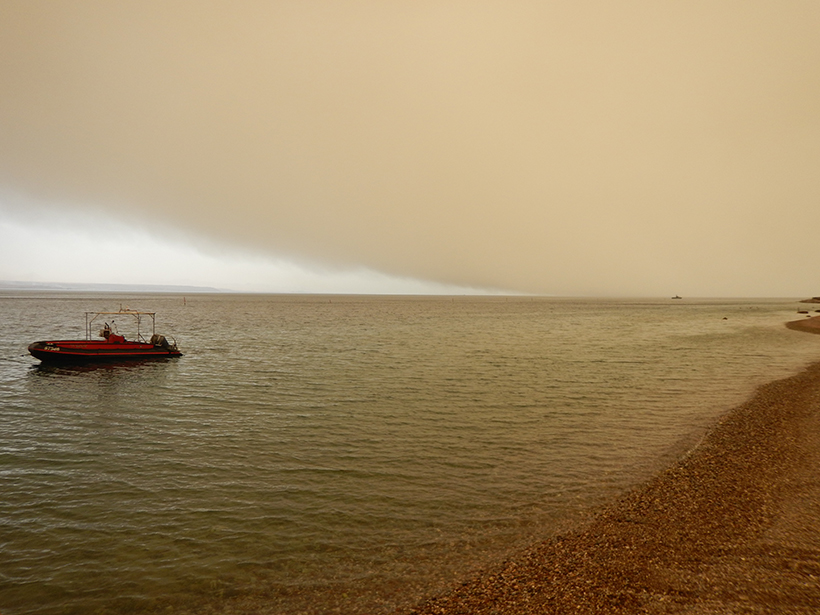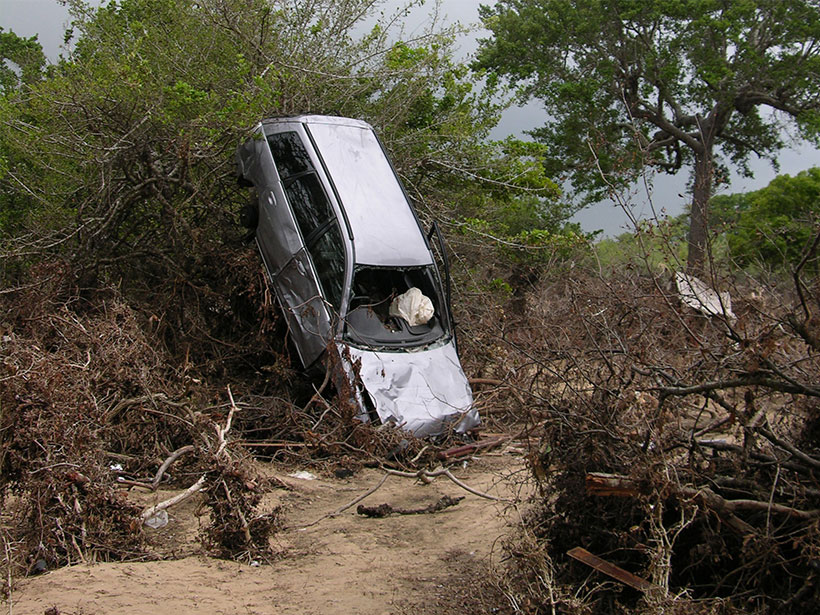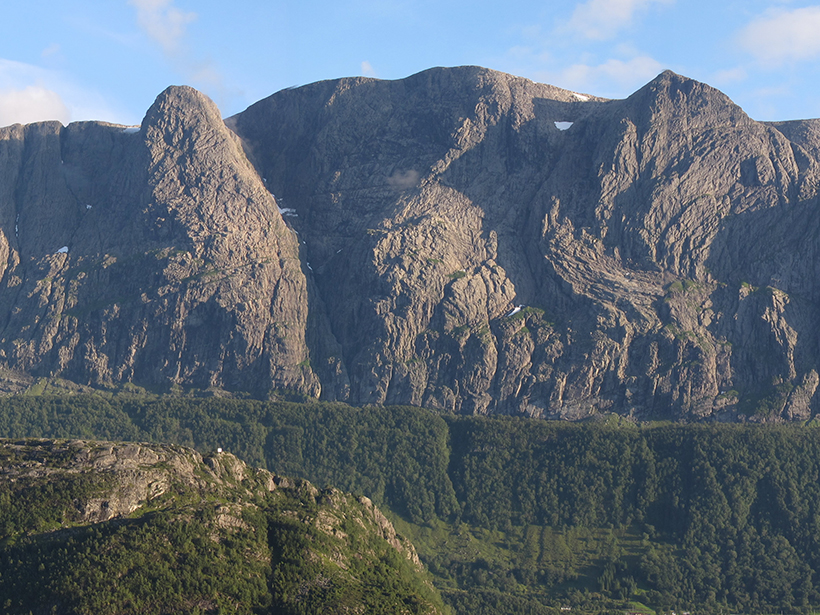A large plasma hole generated by the vertical launch of the Formosat-5 satellite created temporary navigating and positioning errors of up to 1 meter, according to a new study.
Terri Cook
Terri Cook is an award-winning freelance writer whose career has focused on exploring and explaining the 4.5-billion-year-history of the remarkable planet we live on. Cook, who has an M.S. degree in Earth science from the University of California, Santa Cruz, writes about geology, ecology, and the environment—as well as wine, tea, hiking, and biking—for a diverse group of publications, including Eos, Scientific American, NOVA Next, Science News, and EARTH magazine, as well as Avalon Travel and numerous other travel-related publications. Her reporting has taken her to 25 states and 20 countries scattered across 5 continents, from the depths of the Grand Canyon to the sandy Australian Outback to the mist-shrouded summit of Bali’s Mount Batur. As the coauthor of three popular guidebooks, including Hiking the Grand Canyon’s Geology and Geology Underfoot Along Colorado’s Front Range, Cook gives frequent presentations about geology and science communication. She is the recipient of a 2016 European Geosciences Union Science Journalism Fellowship and is based in beautiful Boulder, Colo.
Harnessing Remote Infrasound to Study Volcanic Eruptions
Data from the 2015 eruption of Chile’s Calbuco volcano suggest the international network built to monitor nuclear explosions may also be used to detect and characterize volcanic activity.
Evidence of Extensive Ice Deposits Near Mercury’s South Pole
New radar observations and refined illumination maps reveal uneven water ice deposits twice the size of those found around the planet’s north pole, suggesting the source may be a recent comet impact.
Tailoring Aerosol Injections to Achieve Desired Climate Effects
Two-dimensional simulations of sulfate aerosol injections suggest that solar geoengineering projects can be customized to maximize solar reflection and help achieve potential climate objectives.
Peering Beneath the Powder: Using Radar to Understand Avalanches
High-resolution radar images from Switzerland’s experimental test site show that snow temperature is a key factor in classifying avalanche behavior.
Dust Does Not Control Surface Ocean Productivity
The first continuous comparisons between daily atmospheric dust and ocean productivity measurements indicate that they are not correlated in the Gulf of Aqaba’s nutrient-limited ecosystem.
Evidence for Gravity Tectonics After the Great Sumatra Quake
A new method that applies structural geology principles to aftershock analyses suggests that gravity-driven motion may occur during part of the seismic cycle.
A Deeper Understanding of Carbon Decomposition in Arctic Soils
Physical parameters may help scientists extrapolate Arctic carbon soil losses from the local to the regional scale, according to the results of a yearlong incubation experiment.
An Improved Understanding of How Rift Margins Evolve
A new seismic reflection study of the mid-Norwegian margin examines the role that low-angle, high-displacement faults play in the evolution of continental rifts.
Widespread Mantle Upwelling Beneath Oceanic Transform Faults
A global characterization of mantle flow patterns beneath active oceanic transforms suggests pervasive upwelling stabilizes divergent plate boundaries by warming and weakening these enigmatic features.









